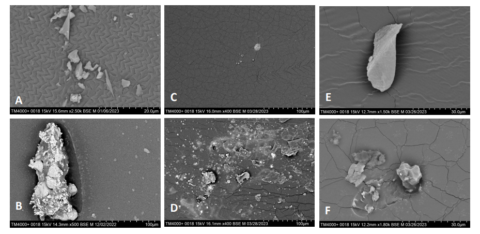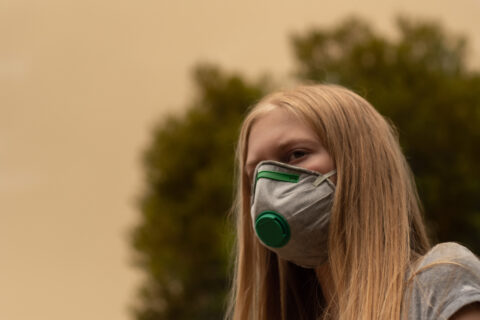Smoke exposure refers to the inhalation or contact with smoke generated from various sources, such as wildfires, burning of organic materials, tobacco smoke, or industrial emissions. It can have significant health implications for plants, animals and humans.
Smoke contains a complex mixture of particles, gases, and chemicals and most can be toxic. Some of the most important constitutes are the tiny suspended droplets and particles, often made up of carbon compunds and known as fine particulate matter (PM2.5). Particles can irritate the eyes and passage ways from the mouth and nose to the lungs, and enter the body through the lungs. Particles cause harm by provoking immune and stress responses. They can also travel through the bloodstream and affect other organs, leading to harmful health effects thoughout the body.
The exposure lab will enable researchers to learn smoke interacts with a range of living things including human cells, plants, and people, and evaluate strategies to reduce the risk of harmful impacts.
Our Projects






